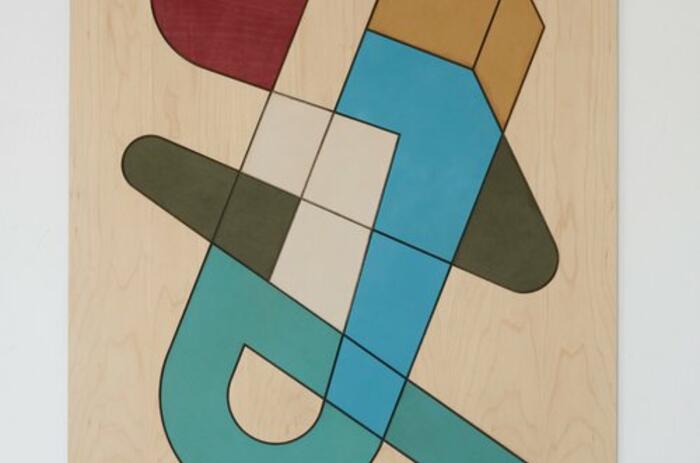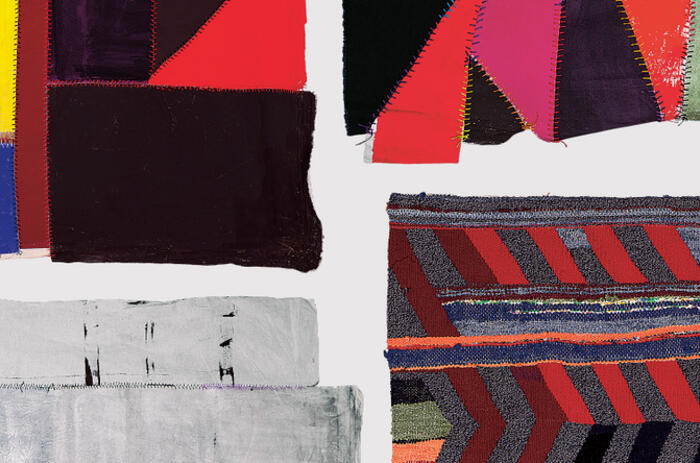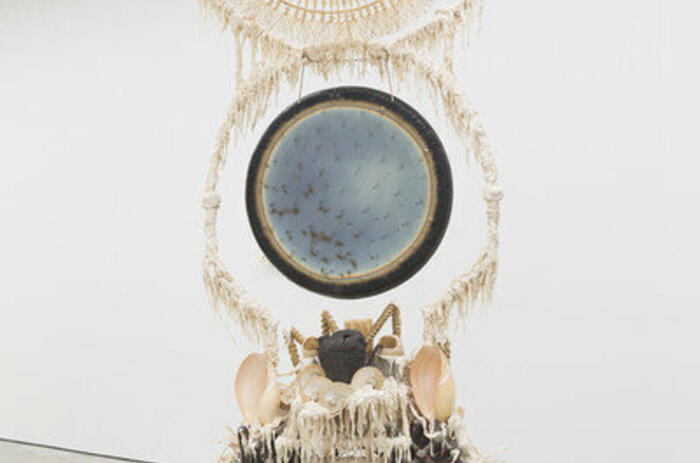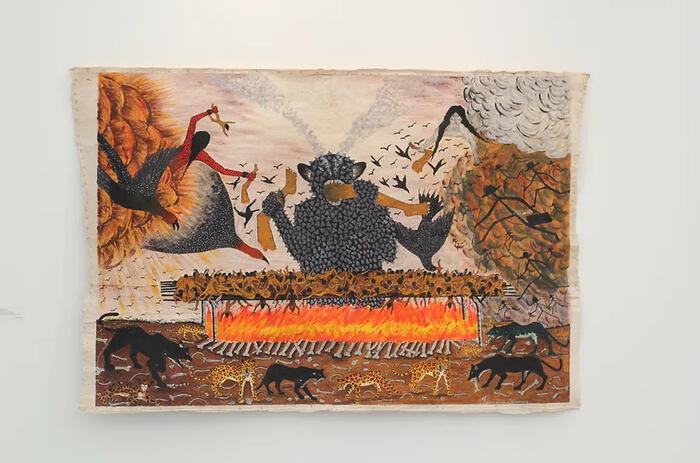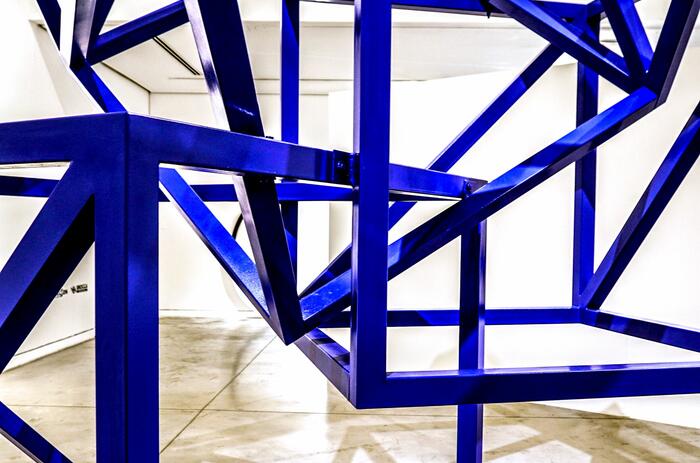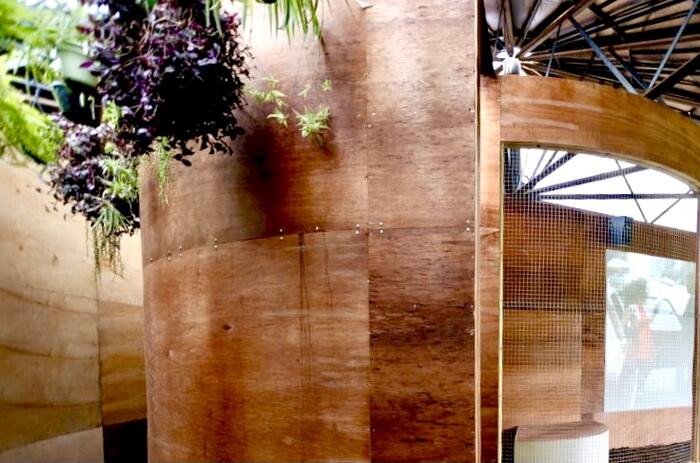ADRIANA VAREJÃO: SUTURES, FISSURES, RUINS
Pinacoteca de São Paulo presents Adriana Varejão: Sutures, Fissures, Ruins, a retrospective exhibition by Adriana Varejão (Rio de Janeiro, 1964). Curated by Jochen Volz, the museum’s general director, the show proposes a narrative that highlights the diversity and complexity of her production.
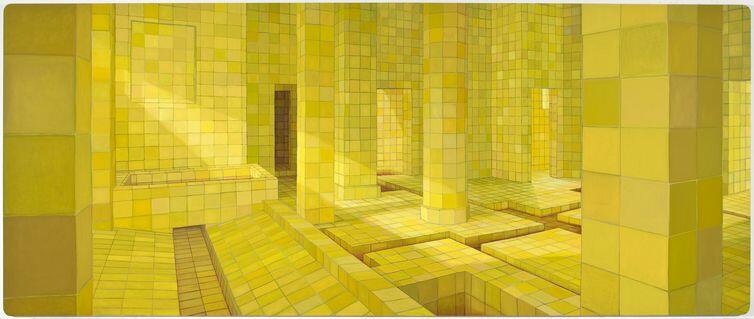
Her work brings into focus a radical and insistent scrutiny of European visual history and iconographic traditions and of the conventions and material codes of Western art making. Since her earliest Baroque paintings, the surface of the canvas has never been just a medium; on the contrary, it is an essential element of the painting’s message. Cuts, cracks, gashes, and fissures have been recurrent elements in Varejão’s work since 1992, and is not afraid of radical change and experimentation.
The exhibition highlights these features. The exhibits occupy seven galleries of the Pinacoteca, as well as the Octagon. The curator has chosen a whole range of works for presentation, from the very first ones done in the 1980s, when Adriana was still studying at Parque Lage School of Visual Arts, in Rio de Janeiro, such as the paintings A praia [The Beach], O fundo do mar [Under the Sea], and O Universo [The Universe], all from 1985, to the recent large-scale three-dimensional paintings of the series Ruínas de charque [Meat Ruins].
“In my view, the undercurrent that runs through this show is the way Adriana Varejão works with painting, because from the very beginning she has followed a course that goes beyond the canvas’ two-dimensionality and uses elements that cut through matter: cracks, cuts, and leaks that unveil a situation and give it a new meaning, such as the ‘viscera’ and the ‘flesh’ that spill over in many of her works,” says Jochen Volz.
In one of the periods highlighted in the exhibition, between 1992 and 1997, Varejão produced what can be called a series of historical fictions, lending new visual meanings to maps, landscapes, and interiors from the colonial past. These works can be seen as the most figurative phase of the artist’s trajectory. One exhibition room is devoted to this set of works, among them the painting Autorretratos coloniais [Colonial Self-portraits] (1993), in which the artist appropriates the representational typologies of the “caste paintings” of Spanish America to speak about issues related to the violence of racial classification.
Adriana Varejão (1964, Rio de Janeiro) lives and works in Rio de Janeiro. She began her career in the 1980s and from early on developed a vigorous and uniquely personal visual language. Using a variety of media, her poetics sheds light on several cultural references and on the multiple histories of the shaping of Brazilian identity. Having been recognized in Brazil and abroad as one of the most significant artists of her generation, Varejão has had her work exhibited in important institutions such as the Museu de Arte Moderna in São Paulo, the Museum of Modern Art in New York, and the Hara Museum of Contemporary Art in Tokyo.
Adriana Varejão: Sutures, Fissures, Ruins
Until August 1, 2022
Pinacoteca
São Paulo

